✓ Joining us on our Whatsapp Channel: 💬 Explore and Escape!.
Booking through us:
✓ 🏩 🛌 Handpicked Luxury Stays in Budget: Booking.com | Agoda.com
✓ 🍹⛱️ Deals on Private xfers, SIM Cards, City tours, Day trips : 📍🗺️ GetYourGuide | 🛵🧳 Klook
com/landmarks/oceania-landmarks/landmarks-of-australia/”>landmarks in Africa to see, with Mauritania sharing quite a few of those!
Mauritania, like a treasure chest of ancient secrets, harbors remarkable landmarks that have withstood the test of time.
Each of these masterpieces tells a unique story, inviting you to delve into the unparalleled history and culture of a country that has preserved its heritage with grace and pride.
From the majestic Chinguetti Mosque to the towering Banc d’Arguin National Park, Mauritania’s landmarks are a testament to the nation’s resilience, strength, and unwavering spirit.
1. Nouakchott Central Market
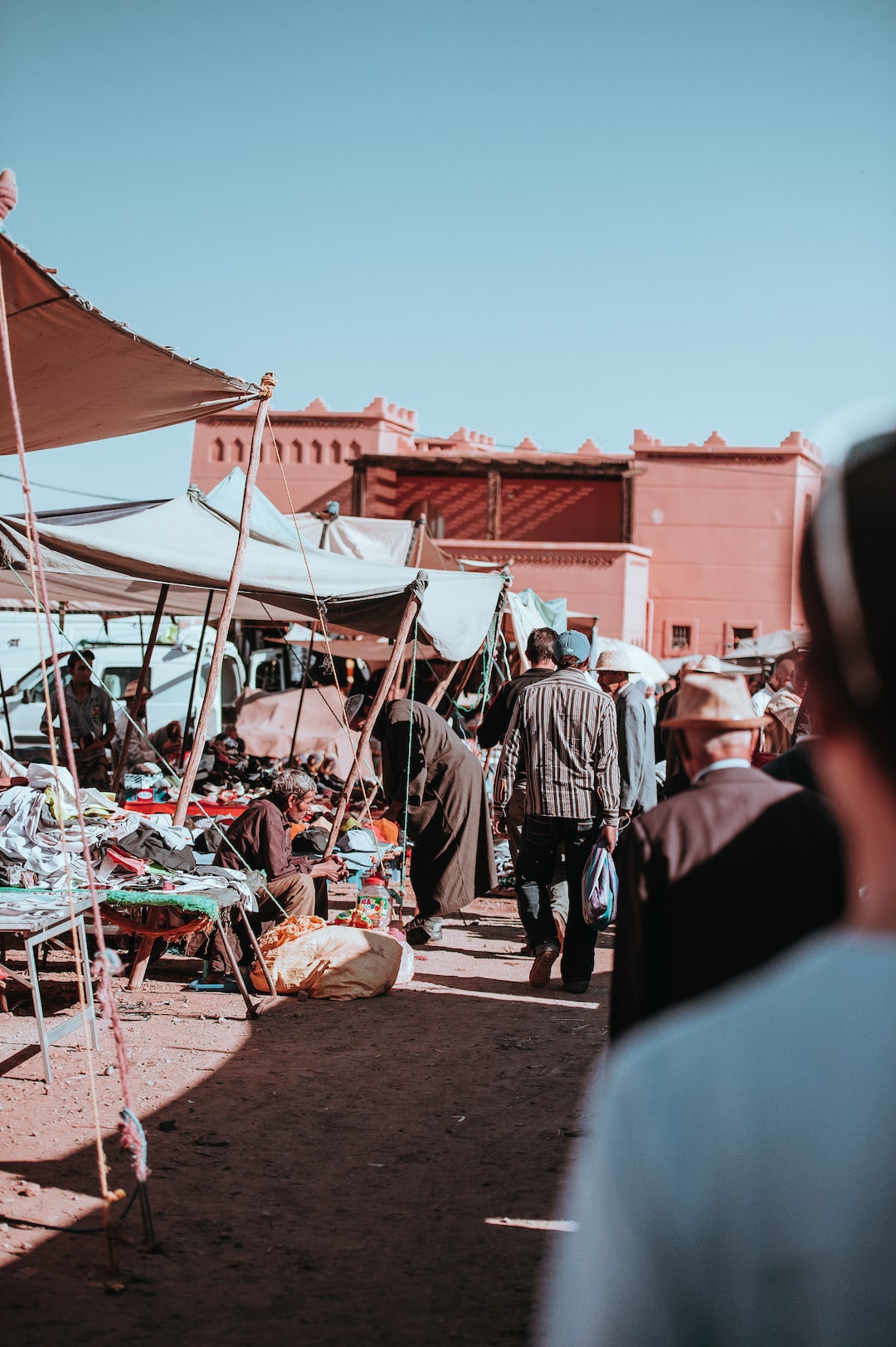
Nouakchott Central Market is a bustling bazaar located in the heart of the city.
What to see or do: This market is a shopper’s paradise, with vendors selling everything from traditional textiles to fresh produce and live animals. It’s a great place to experience the local culture and sample traditional Mauritanian foods like bissap and thieboudienne.
Don’t miss: Be sure to check out the colorful fabrics and intricate hand-woven baskets for sale, as well as the fresh spices and herbs.
Don’t forget to haggle with the vendors for the best price!
Insider travel tips: The market can be crowded, so be prepared to navigate through the throngs of people. It’s also important to keep an eye on your belongings, as pickpocketing can be a problem in the area.
For a more authentic experience, visit the market early in the morning when the vendors are setting up for the day.
2. Terjit Oasis
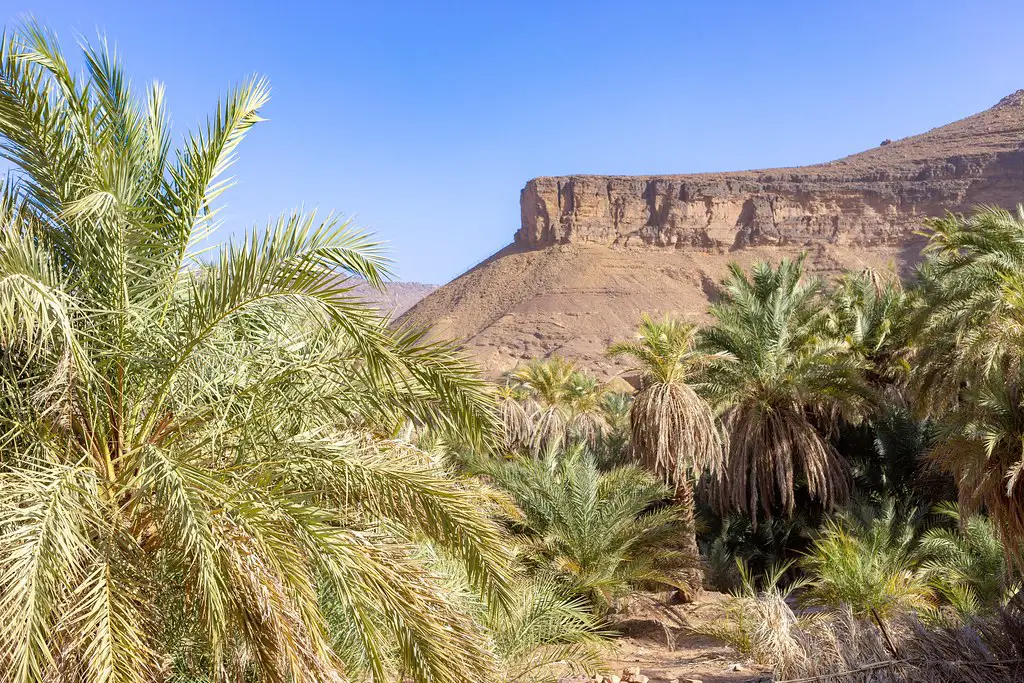
Terjit Oasis is a breathtaking oasis nestled deep in the Sahara Desert of Mauritania.
What to see or do: Visitors can take a dip in the crystal-clear, turquoise waters of the oasis, or relax in the natural hot springs. The oasis also attracts many bird species, making it a popular spot for birdwatching.
Don’t miss: The stunning rock formations surrounding the oasis, known as the “Terjit Cliffs.” These towering cliffs offer excellent views of the surrounding desert landscape.
Insider travel tips: Make sure to bring plenty of water and sun protection, as the desert sun can be intense. It’s also best to visit during the cooler months of November through February.
Don’t hesitate to strike up a conversation with the friendly locals, who are happy to share their knowledge and stories about the oasis.
3. Ouadane Old Town
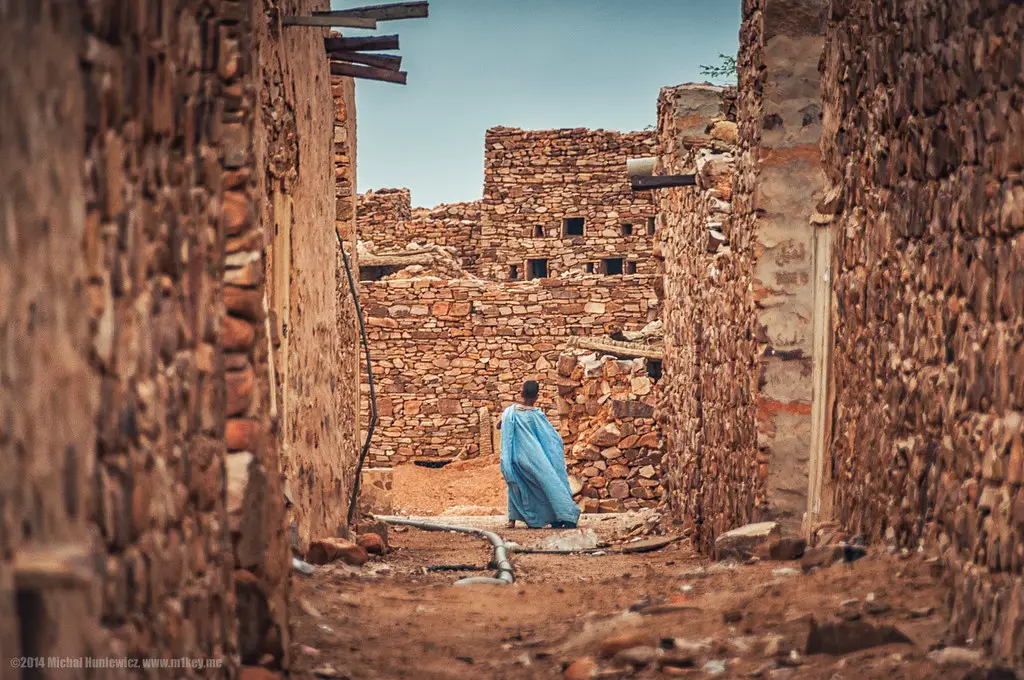
Ouadane Old Town is a UNESCO World Heritage Site located in Mauritania. It is an ancient city that served as an important commercial and religious center on the trans-Saharan trade route.
What to see or do: Visitors can explore the winding narrow streets of the ancient city, marvel at the traditional mud-brick architecture of the buildings, and learn about the history of the region at the local museum.
Don’t miss: Be sure to visit the great mosque of Ouadane, which dates back to the 8th century and is considered one of the oldest in West Africa.
The view from the nearby hill overlooking the town is also breathtaking.
Insider travel tips: It is recommended to visit Ouadane Old Town as part of a guided tour as there are limited services available in the town.
The best time to visit is during the cooler months between November and February. Visitors should also be respectful of local customs and dress modestly.
4. Nouakchott Beach
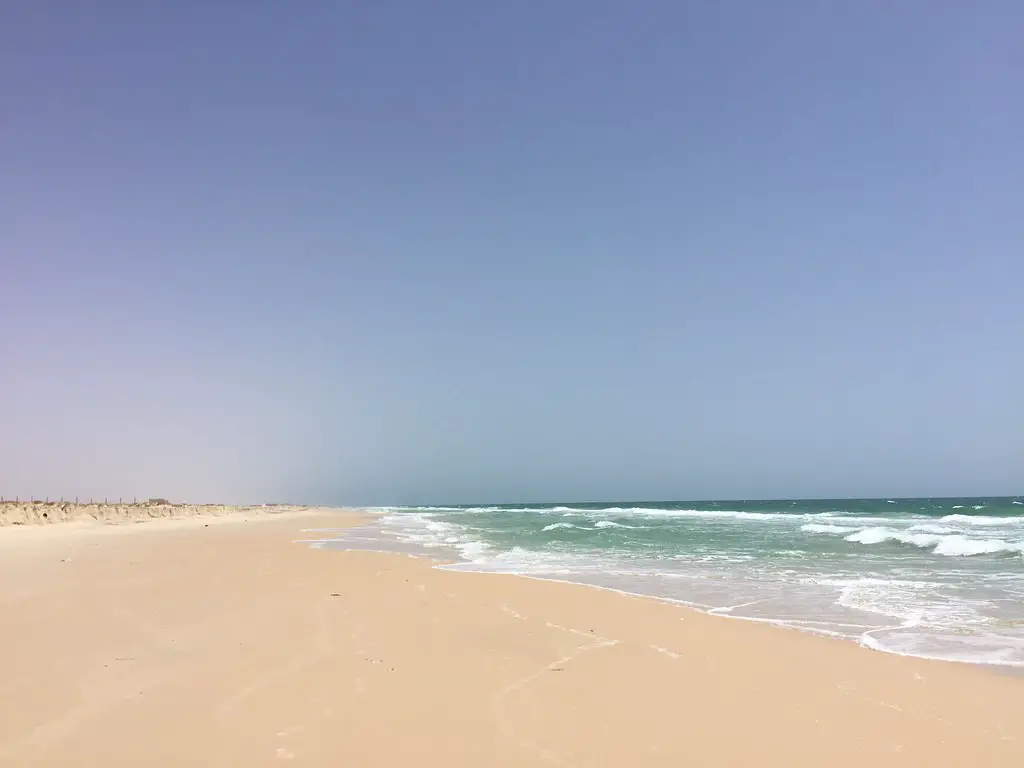
Nouakchott Beach is a lively and popular beach located on the western coast of Mauritania, bordering the Atlantic Ocean.
What to see or do: Visitors can enjoy swimming in the ocean or lounging on the sandy beach. There are also various water sports activities available, including surfing, kiteboarding, and windsurfing.
The beach is known for its vibrant nightlife scene, with many bars and restaurants located nearby.
Don’t miss: Take a walk along the shore during sunset, as the view is absolutely stunning.
Insider travel tips: – The beach can get crowded during peak season, so try visiting during the weekdays.
5. Chinguetti Mosque
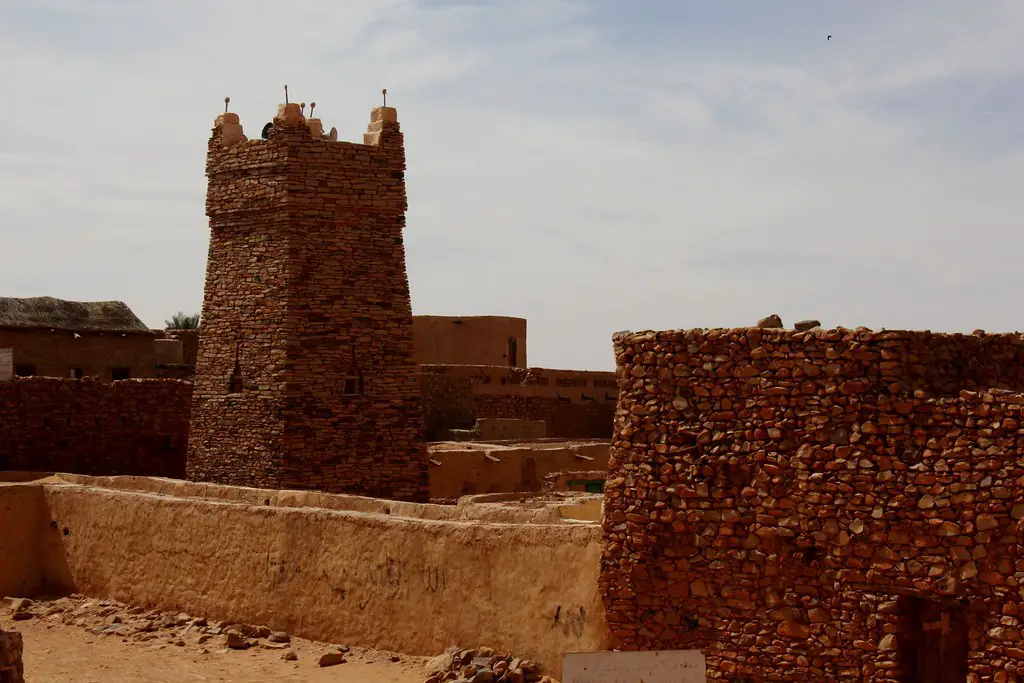
Chinguetti Mosque is an ancient mosque located in the town of Chinguetti, Mauritania.
What to see or do: Visitors can enter the mosque to admire its intricate architecture and decorations, such as its wooden ceiling and ornate mihrab. The mosque also houses an important collection of Islamic texts and manuscripts.
Don’t miss: Don’t miss the opportunity to climb to the top of the mosque’s minaret for stunning views of the town and surrounding desert landscape.
Insider travel tips: – Dress conservatively when visiting the mosque, ensuring that arms and legs are covered.
6. Port de Peche
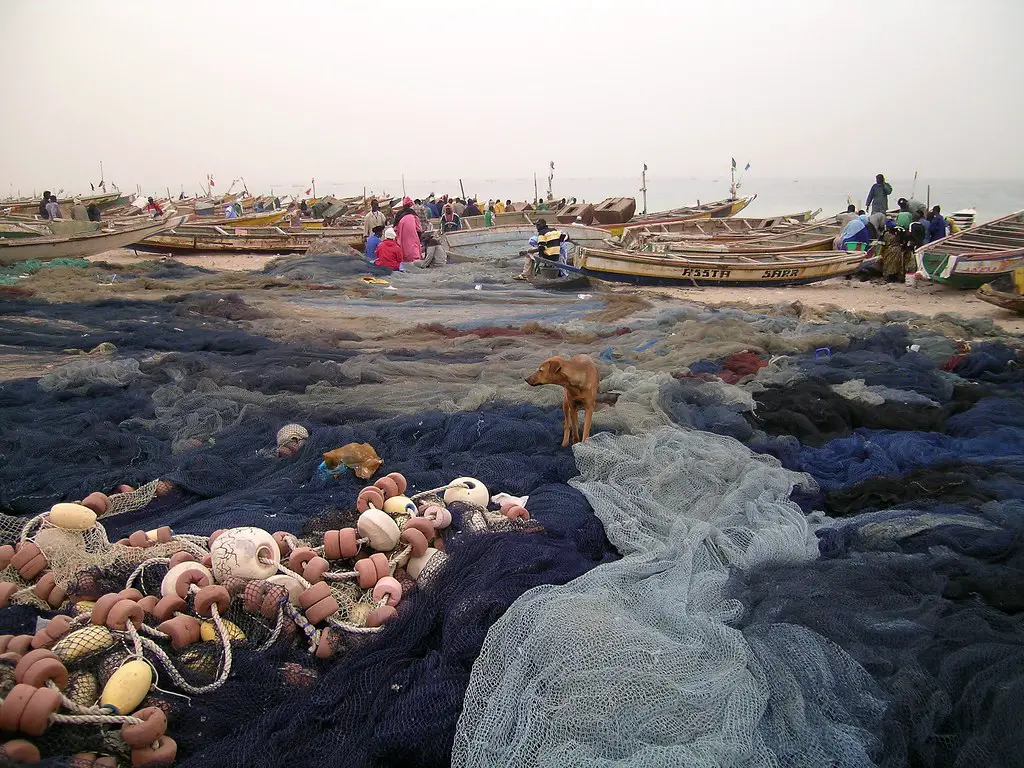
What to see or do:
Don’t miss:
Insider travel tips: Arrive early in the morning to catch the action and avoid crowds. Be prepared to negotiate prices if purchasing seafood from market vendors.
Wear comfortable shoes as the area can be slippery due to fish scales and water.
7. Atar Grand Mosque
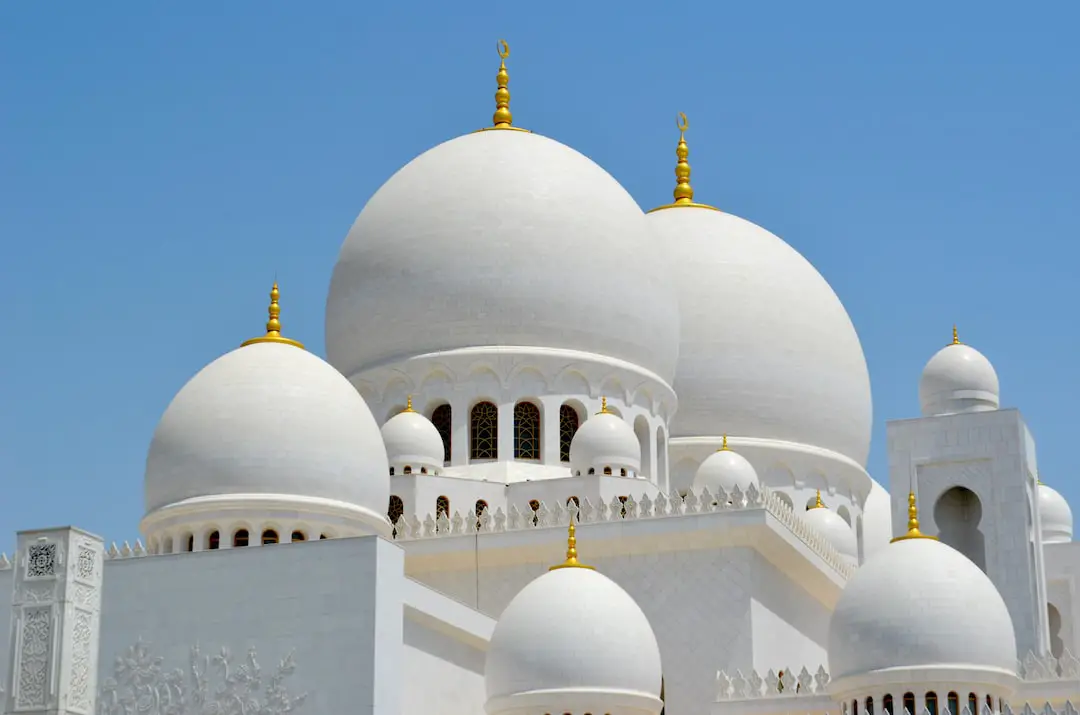
Atar Grand Mosque is the largest mosque in the city of Atar, located in the Adrar Region of Mauritania.
What to see or do: The mosque is a magnificent example of Mauritanian architecture, adorned with intricate geometric patterns and calligraphy. Visitors can explore the vast courtyard and take in the tranquil atmosphere of this sacred place.
Don’t miss: The mosque is at its most impressive at sunset, when the warm hues of the setting sun illuminate the ornate details of the building’s facade.
Insider travel tips: – Visitors should dress conservatively and remove their shoes before entering the mosque.
8. Ben Amera

Ben Amera is a breathtaking rock formation located in the Tiris-Zemmour Region in Mauritania.
What to see or do: The main attraction is the stunning rock formation itself, which is the third-largest monolith in the world. Visitors can hike or trek through the surrounding desert landscape and explore the unique natural wonders in the area.
Don’t miss: Don’t miss the opportunity to watch the sunset over the majestic rocks, which creates a truly unforgettable experience.
Insider travel tips: – Be sure to hire a guide, as the area can be difficult to navigate without local knowledge.
9. Azougui Oasis
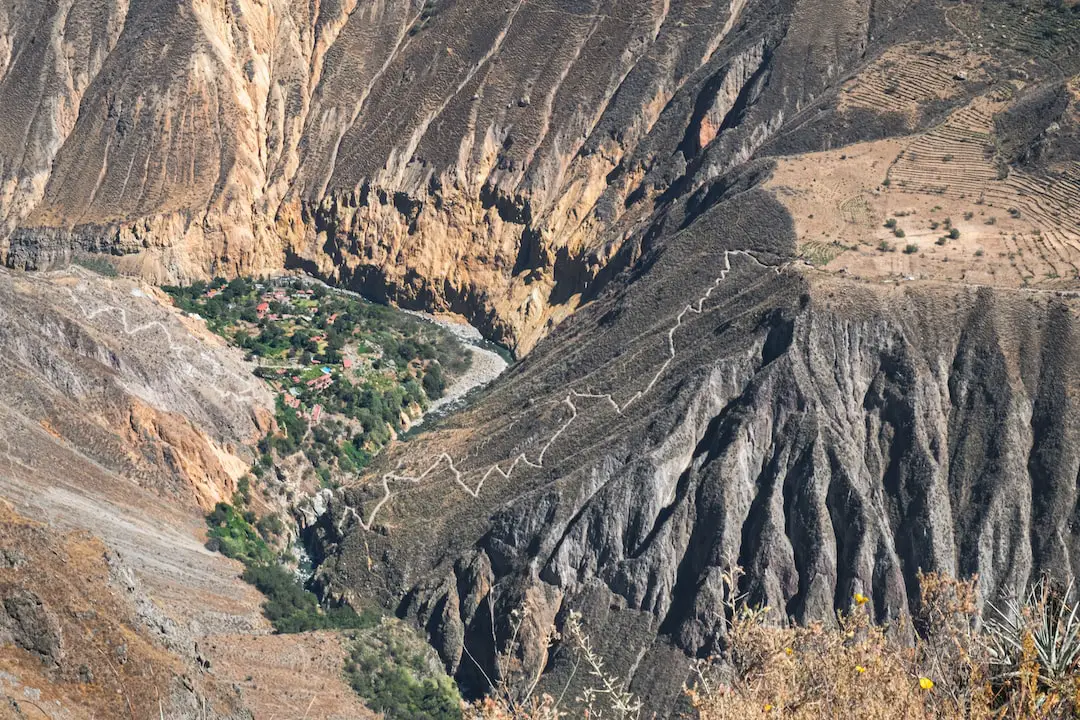
Azougui Oasis is a small desert oasis located in Mauritania.
What to see or do: Visitors can take a walk around the oasis and enjoy the tranquility and beauty of the desert landscape. They can also see local residents tending to their animals or working in the palm groves.
Don’t miss: Don’t miss the opportunity to try fresh dates that are harvested on the site.
Insider travel tips: Bring plenty of sunscreen and stay hydrated as the sun can be intense in the desert. It is also recommended to wear appropriate clothing to respect local culture and customs.
10. Tergit White Moorish Mosque

A beautiful mosque located in the heart of Berlin, Germany.
What to see or do: Admire the stunning white facade and intricate details of the mosque’s architecture. Take a guided tour to learn more about the history and significance of the mosque.
Don’t miss: The peaceful interior of the mosque, with its ornate decorations and serene atmosphere. Visitors are welcome to attend prayer sessions and observe Islamic rituals.
Insider travel tips: Dress modestly when entering the mosque and remove your shoes before stepping onto the carpeted prayer area. The mosque is open to visitors of all faiths, but be respectful of the religious practices observed by the community.
Also, be sure to check the visiting hours before planning your trip.
11. Amogjar Pass

Amogjar Pass is a mountain pass in the Central Himalayas that connects the stunning Spiti Valley in Himachal Pradesh with the lush green Kinnaur District.
What to see or do: The Amogjar Pass offers breathtaking views of the rugged mountains and snow-capped peaks that surround the pass. The drive through the pass is an adventure in itself, with steep ascents, narrow roads, and hairpin bends.
Visitors can also take a short hike to enjoy the panoramic views of the surrounding mountains and valleys.
Don’t miss: Don’t miss the opportunity to watch the sunrise or sunset from the top of the Amogjar Pass. The colors of the sky on the horizon and the views of the surrounding peaks are simply stunning.
Insider travel tips: – The drive through Amogjar Pass can be challenging, and it’s recommended to hire a local driver or guide who is familiar with the roads.
12. Dar el Barka Palace

Dar el Barka Palace is a historic palace in Tunisia that dates back to the 18th century.
What to see or do: Visitors can tour the palace and its beautiful gardens to admire the intricate artwork and architecture. The palace houses a museum that showcases traditional Tunisian crafts, including ceramics, textiles, and jewelry.
Don’t miss: Be sure to check out the palace’s impressive collection of Islamic art and calligraphy, as well as its stunning courtyards, fountains, and mosaics.
Insider travel tips: To avoid crowds, plan to visit the palace in the morning or late afternoon. Be sure to wear comfortable shoes, as the palace grounds have uneven surfaces.
And if you’re interested in learning more about Tunisian history and culture, consider hiring a guide to provide in-depth insights and stories.
13. Gueltas Oasis

An oasis located in the Sahara Desert, near the town of Tozeur in Tunisia.
What to see or do: Take a stroll through the lush palm groves and enjoy the peaceful surroundings. You can also visit the nearby Chak Wak cultural village to learn about traditional Tunisian life.
Don’t miss: The stunning sunset over the oasis, which creates a beautiful display of colors across the sky. Be sure to bring your camera!
Insider travel tips:
14. Chinguetti Libraries
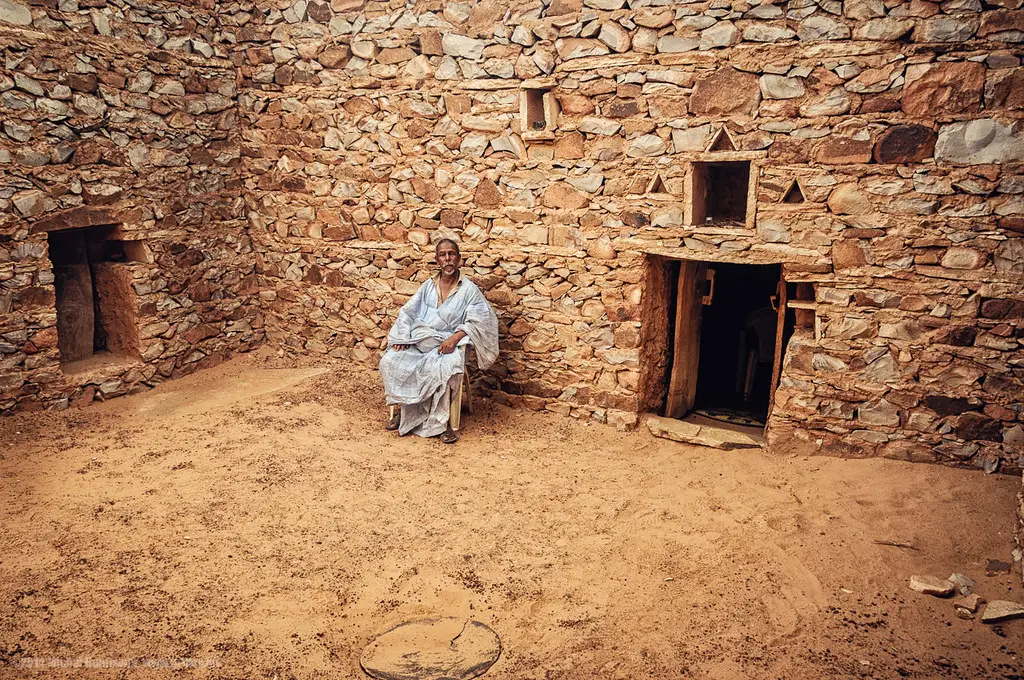
Chinguetti Libraries is a collection of ancient Islamic manuscripts located in the town of Chinguetti, Mauritania.
What to see or do: Visitors can observe and study the well-preserved manuscripts which date back to the 7th century. The manuscripts cover a range of subjects including religion, medicine, philosophy, astronomy, and literature.
Don’t miss: The oldest manuscript in the collection, which is believed to be over 1200 years old. It is written in Kufic script and contains verses from the Quran.
Insider travel tips: Visitors should dress modestly and seek permission before entering the libraries. It is also recommended to visit the town during the cooler months between November and February.
15. Kiffa Market

A bustling outdoor market in Kiffa, an ancient trading town in Mauritania.
What to see or do: Explore the vibrant displays of fabrics, spices, jewelry, and household items. Bargain with local vendors and immerse yourself in the lively atmosphere of the market.
Don’t miss: Sampling traditional Mauritanian cuisine from one of the many food stalls. Try dishes such as bissara (a bean soup) or thieboudienne (a spicy fish and rice dish).
Insider travel tips: Wear comfortable shoes as the market can be crowded and chaotic. Keep an eye on your belongings and be prepared to haggle for the best prices.
Bring cash in small denominations as not all vendors accept credit cards.
16. Tagant Plateau
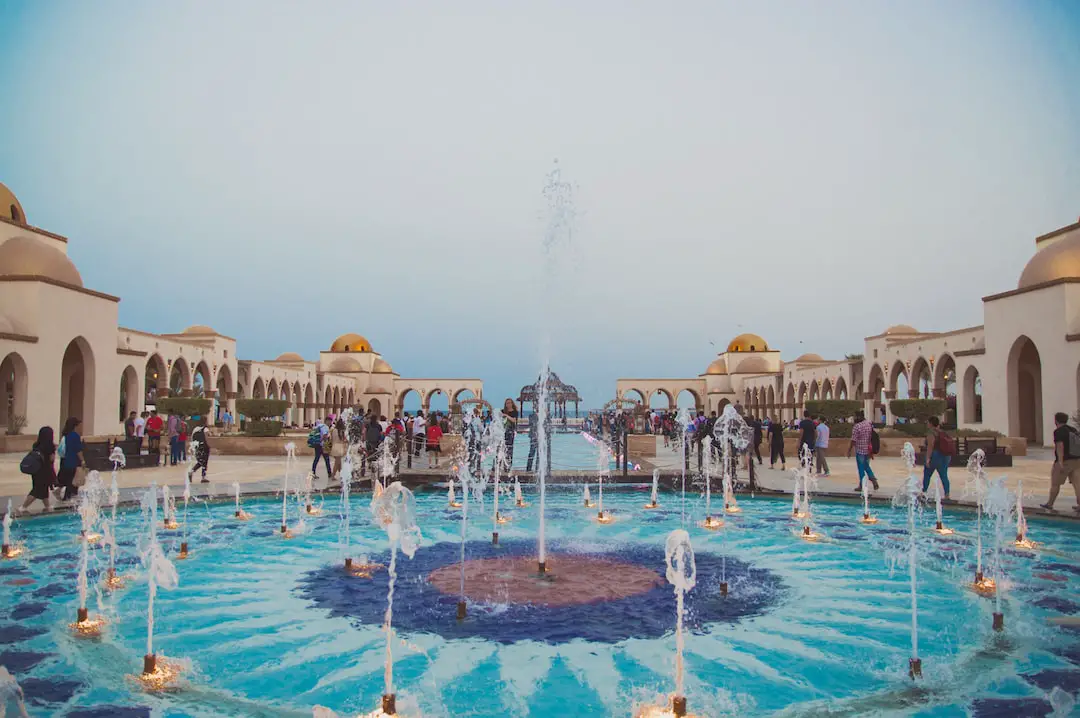
The Tagant Plateau is a vast and remote region located in central Mauritania, characterized by its rugged terrain, stunning rock formations, and traditional nomadic way of life.
What to see or do: – Explore the ancient caravan town of Tijirit, which was once an important stop on the trans-Saharan trade route.
Don’t miss: – Watching the dramatic sunsets over the wind-carved rock formations, which take on a mesmerizing reddish-orange hue in the evening light.
Insider travel tips: – The best time to visit the Tagant Plateau is between November and February, when the weather is cooler and less arid.
17. Benichab European Cemetery

Benichab European Cemetery is a historic burial ground located in Tangier, Morocco that is a final resting place for European settlers and diplomats who lived in Tangier during the 19th and 20th centuries.
What to see or do: Visitors can stroll through the beautifully maintained cemetery and see gravestones and monuments of historical figures such as Sir Harry Maclean, a British diplomat, and Edith Wharton, a renowned American novelist.
Don’t miss: The cemetery’s beautiful entrance gate, adorned with intricate ironwork and a stunning view of the ocean.
Insider travel tips: While visiting the cemetery, be sure to wear appropriate clothing as a sign of respect for the deceased.
Visitors should also keep in mind that while the site is open to public viewing, it is an active cemetery and visitors should conduct themselves accordingly.
18. Decalage horaire UTC/GMT
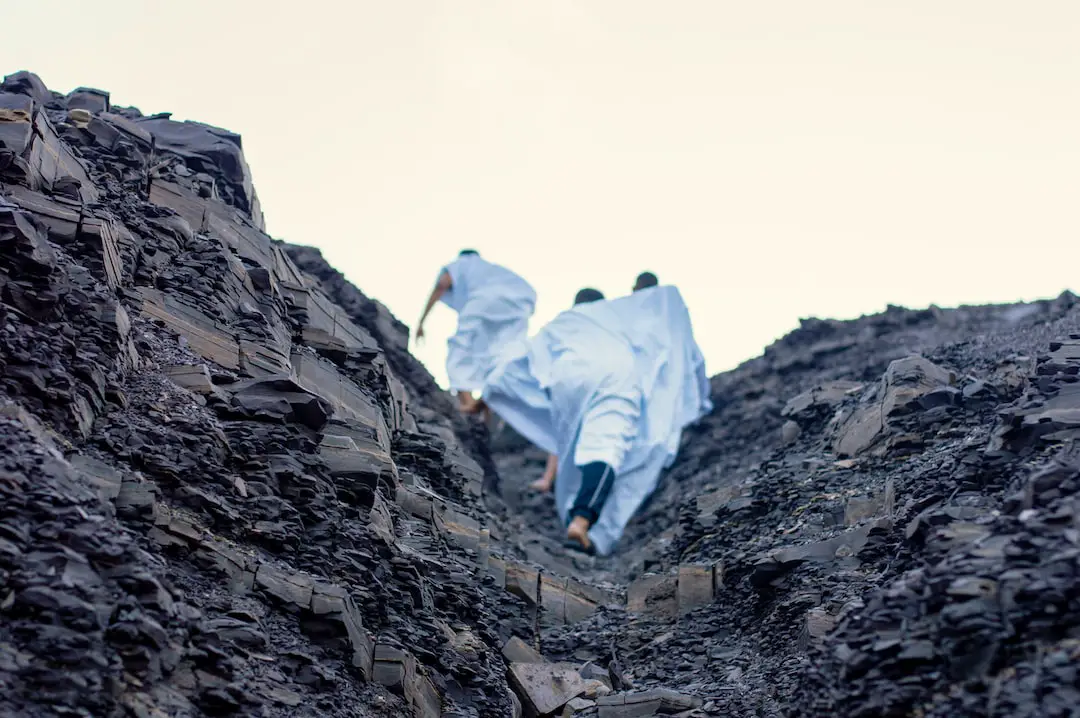
UTC (Coordinated Universal Time) and GMT (Greenwich Mean Time) are two time standards that are used as references for timekeeping all over the world.
What to see or do: There isn’t much to see when it comes to UTC/GMT time standards since they are technical specifications, but they are essential for time synchronization across various time zones globally.
Don’t miss: It’s essential to note that UTC is precise and accurate, while GMT is not as accurate as it involves Earth’s slowing rotation.
That’s why UTC is now the main time standard, although GMT is still widely referred to in many countries.
Insider travel tips: When traveling across different time zones, it’s crucial to calculate the time difference between your starting and destination destinations and factor that into your travel itinerary to avoid missing a flight or scheduled activity.
Also, ensure that your electronic devices, such as phones or laptops, are set to the local time zone to avoid any confusion or delays.
19. Iwik Village

Iwik Village, a traditional Papuan village located on the banks of the Sepik River in Papua New Guinea.
What to see or do: Explore the traditional way of life in the village through guided tours, which showcase the unique architecture, art, and rituals of the local communities.
Take a boat ride along the Sepik River and discover the flora and fauna of the region, including the awe-inspiring crocodiles.
Don’t miss: Witnessing the village’s famous mask dances and carvings, which depict local legends and beliefs. Marvel at the intricate carvings and traditional art designs that are produced by the villagers.
Insider travel tips: Pack some insect repellent, sunblock, and comfortable walking shoes for the tours. Be respectful of the local culture and dress modestly when visiting the village.
Don’t forget to bring some small gifts, such as pens or sweets, to give to the locals as a sign of respect.
20. Abou Deia Mosque

Abou Deia Mosque is a beautiful mosque located in the city of Cairo, Egypt.
What to see or do: Visitors can admire the intricate tile work and ornate details of the mosque’s exterior, as well as explore the interior prayer hall and courtyard.
Don’t miss: Make sure to take in the peaceful atmosphere of the mosque’s courtyard, which is surrounded by tall palm trees and features a stunning central fountain.
Insider travel tips: Remember to dress modestly when visiting the mosque, covering arms and legs. Additionally, it is respectful to remove your shoes before entering the prayer hall.
Consider visiting early in the morning or late in the evening for a quieter and more serene experience, as the mosque tends to get crowded during peak hours.
21. Mauritanian Railway
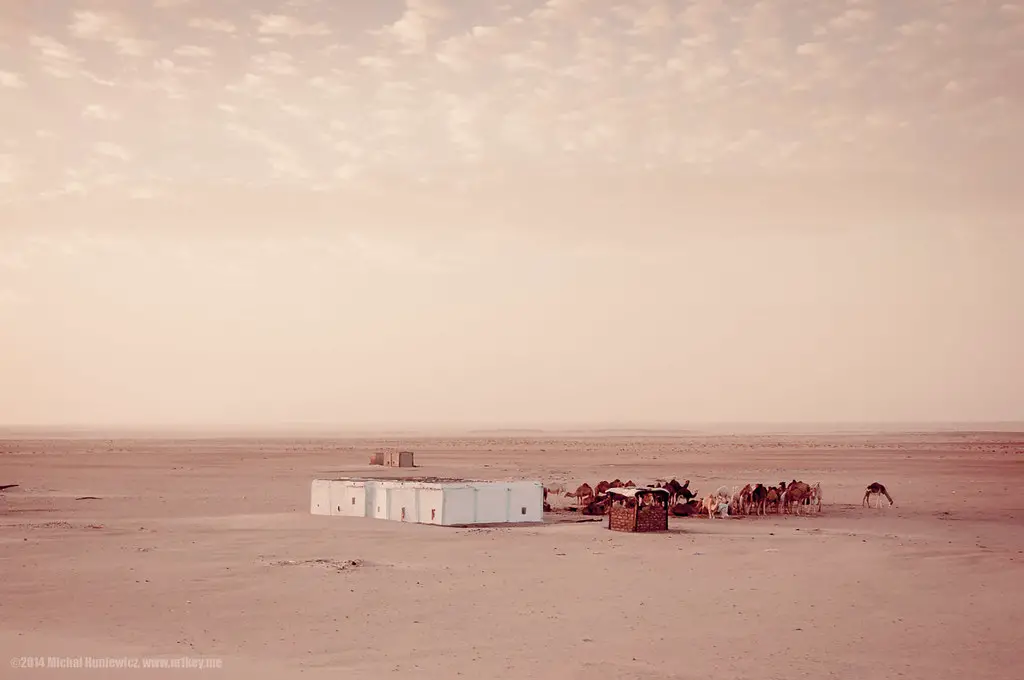
Mauritanian Railway is a train system in Mauritania that runs from the iron mining center of Zouérat to the port city of Nouadhibou.
What to see or do: Take a scenic journey through the Sahara Desert on one of the world’s longest and heaviest trains, transporting iron ore across the country.
The train is around 2.5 kilometers long and can have up to 200 wagons attached to it.
Don’t miss: The stunning scenery as the train passes through the desert, with views of sand dunes, rocky landscapes, and occasional glimpses of wildlife.
Insider travel tips: – Bring plenty of water and food, as the journey can take up to 20 hours.
22. Nema Regional Museum of Ethnography
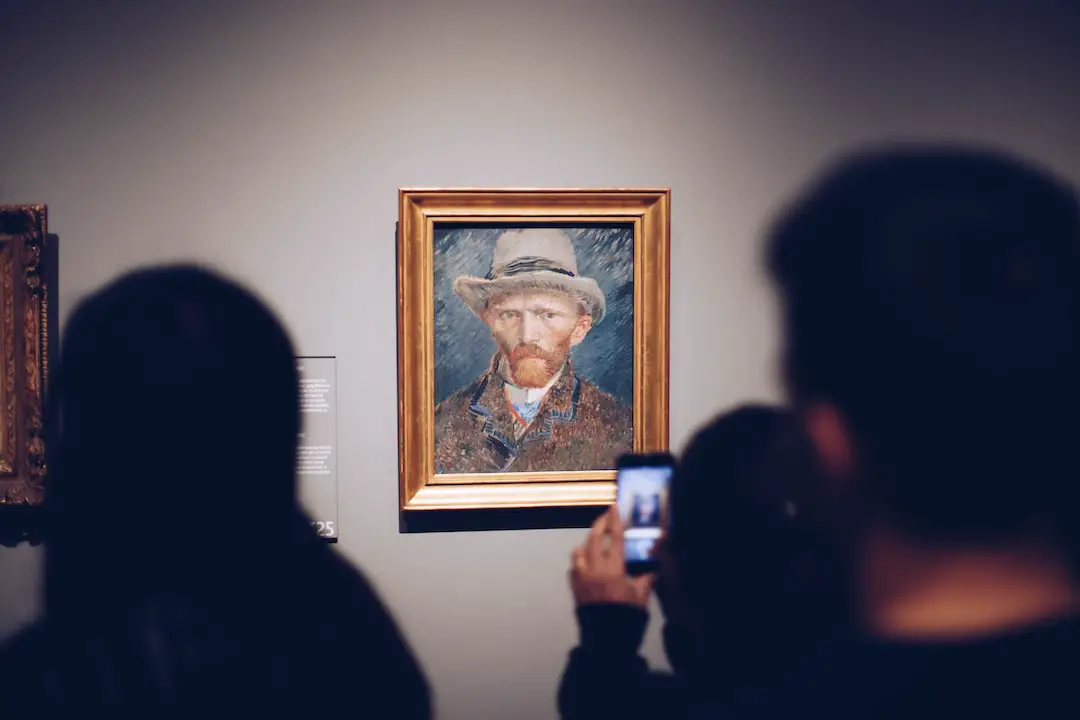
The Nema Regional Museum of Ethnography is a cultural institution in Nema, Mauritania dedicated to preserving and showcasing the traditional art, culture, and way of life of the Moors, the indigenous people of Mauritania.
What to see or do: Visitors can explore the museum’s extensive collection of artifacts, including clothing, jewelry, tools, and household items, as well as artworks such as textiles, ceramics, and wood carvings.
Exhibits are arranged thematically, with displays covering religion, social structures, family life, and more.
Don’t miss: One of the highlights of the museum is the reconstructed traditional Moorish house, which gives visitors a glimpse of what domestic life was like for the Moors in generations past.
Another must-see exhibit is the Tuareg tent, showcasing the decorative and functional elements of Tuareg nomad culture.
Insider travel tips: -The museum is closed on Fridays, so plan accordingly.
23. Saloum Delta National Park

Saloum Delta National Park is a protected area located in the delta of the Saloum River in Senegal, West Africa.
What to see or do: The park is home to a diverse range of habitats, including mangrove forests, savannas, and saltwater wetlands. Visitors can take boat tours through the river, observe the abundant birdlife, and spot monkeys, crocodiles, and other wildlife.
Fishing and crabbing are also popular activities.
Don’t miss: The traditional villages around the park, where visitors can experience the local culture and traditional fishing techniques. The UNESCO World Heritage site of Djoudj National Bird Sanctuary, located nearby, is also worth a visit.
Insider travel tips: The best time to visit is from November to May, when the weather is dry and cool.
24. National History Museums
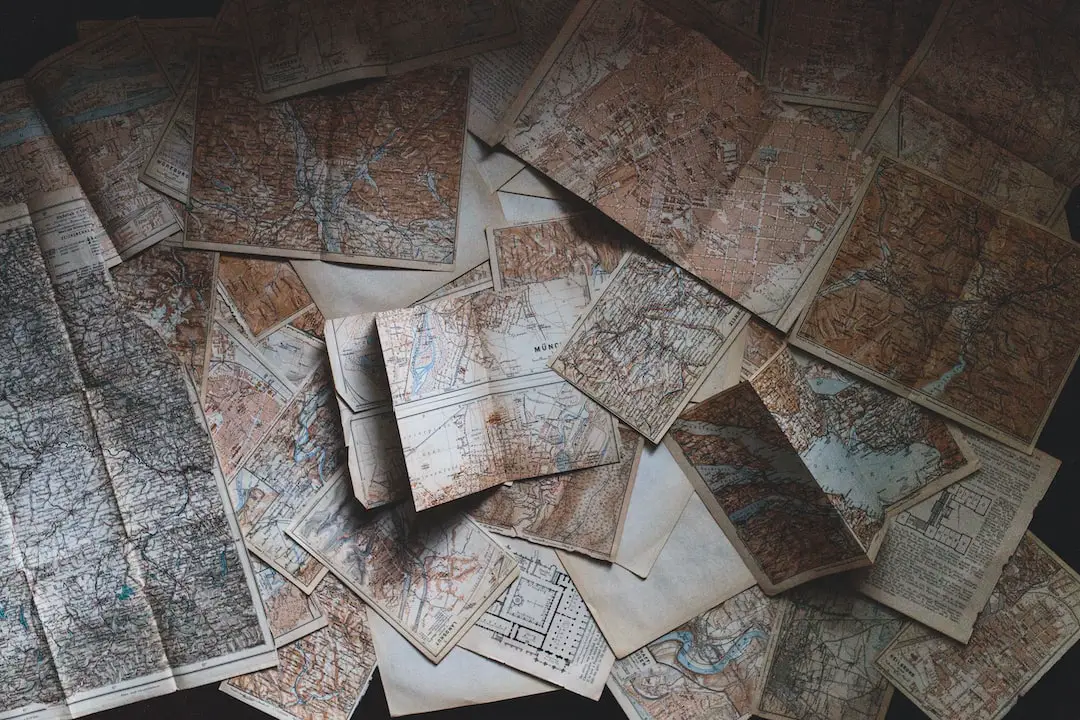
National History Museums are museums dedicated to showcasing the natural history of a particular country or region. They often display exhibits related to geology, zoology, botany, paleontology, and other scientific fields related to the natural world.
What to see or do: Visitors to National History Museums can expect to see a diverse range of exhibits relating to the natural world.
These might include fossils of extinct animals, stuffed specimens of animals from different ecosystems, interactive displays on climate change, and exhibits showcasing the geologic history of the region.
Don’t miss: National History Museums often have some truly captivating exhibits that should not be missed. Some highlights might include dinosaur skeletons, rare or unusual specimens, and hands-on activities or displays that are interactive and engaging.
Insider travel tips: -Be sure to check the museum’s website before you visit, as many National History Museums have rotating exhibits and seasonal programming.
25. Bir Mogrein Mine
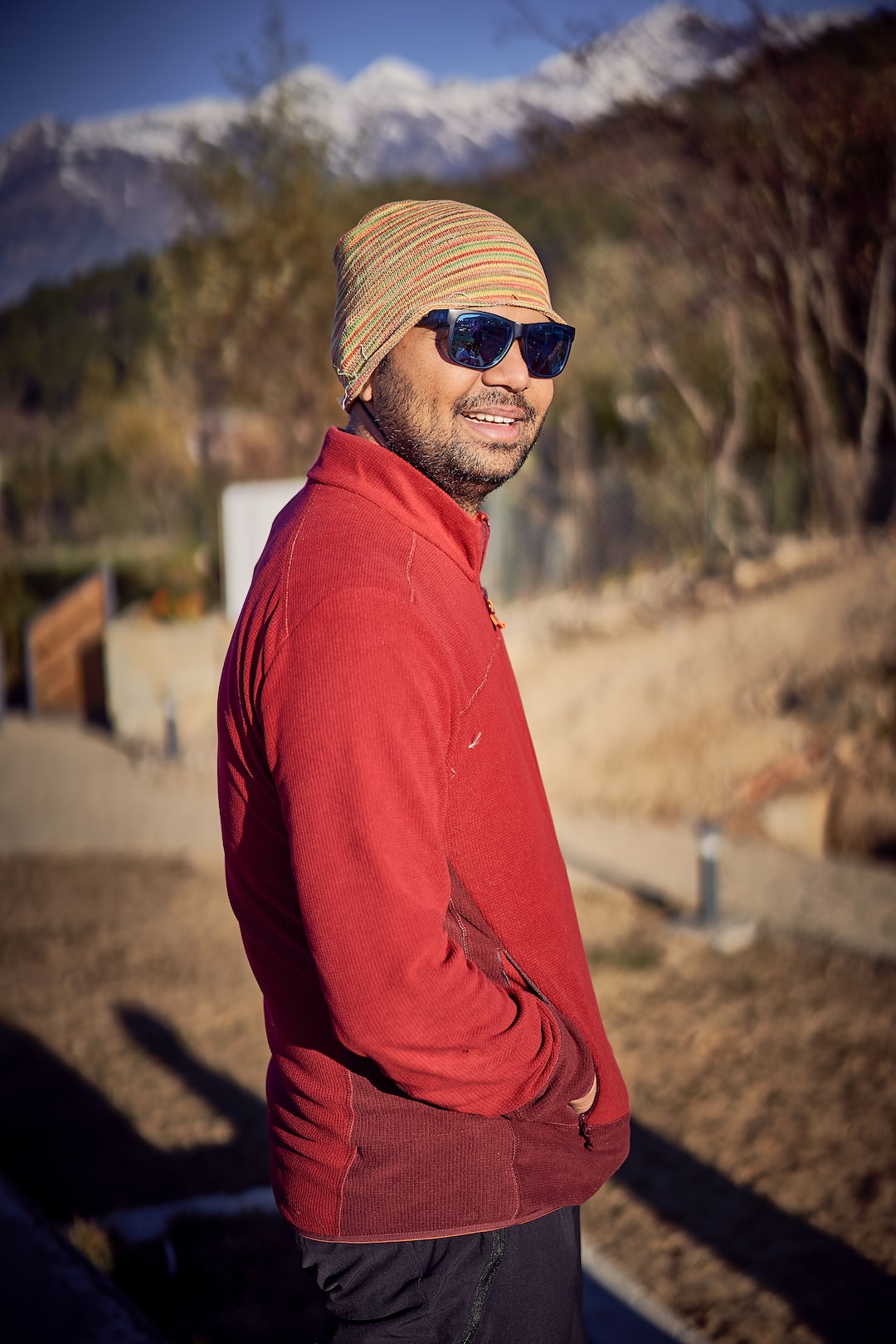
A massive open-pit iron ore mine located in the desert of Mauritania.
What to see or do: Take a tour of the mine and witness the large-scale extraction process. Observe the massive trucks and machinery used to move the ore from the pit to the processing plant.
Don’t miss: The view from the top of the mine is incredible. You can see for miles around the vast desert landscape, dotted with machinery and trucks.
Insider travel tips: The best time to visit is during the cooler months of November to February. Be sure to bring sunscreen, as the desert sun can be intense during the day.
Also, be mindful of safety precautions as the mine can be a dangerous area if proper precautions are not taken.
26. Guelb er Richat
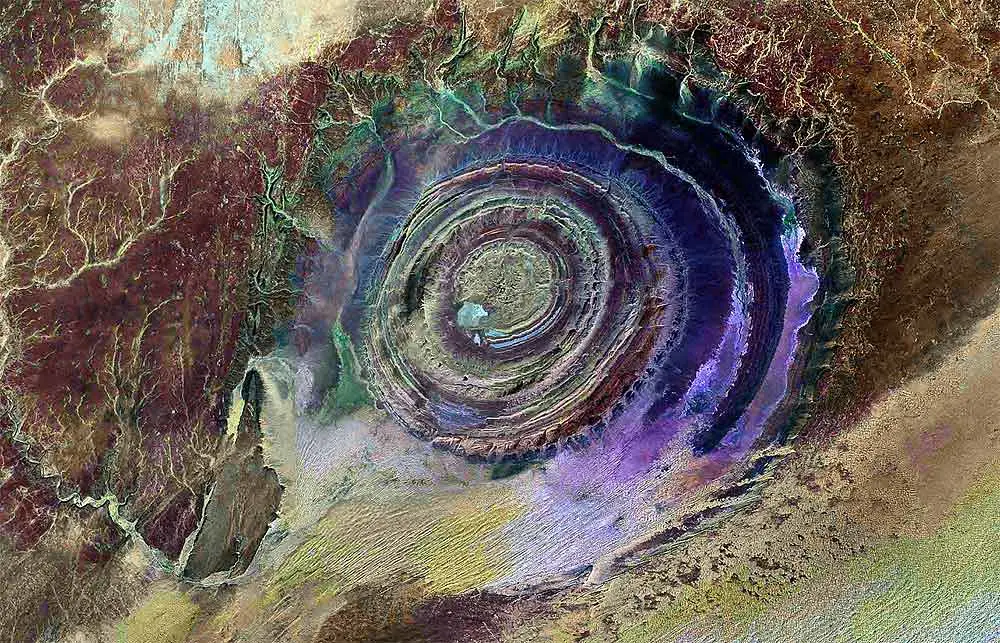
Guelb er Richat is a geological phenomenon located in the Sahara Desert of Mauritania, often called the “Eye of the Sahara” due to its circular shape and prominent elevation.
What to see or do: Explore the stunning natural landscape and marvel at the unique geological formations, including ringed ridges and towering plateaus. Take a leisurely hike or scenic drive through the area to fully appreciate the majesty of this breathtaking terrain.
Don’t miss: Be sure to catch a glimpse of the stunning geological formation known as the Richat Structure, a massive circular feature with a diameter of approximately 50 kilometers.
Also, don’t forget to bring your camera to capture the awe-inspiring landscapes and stunning vistas that await you at every turn.
Insider travel tips: For an unforgettable experience, plan your visit during night-time and marvel at the spectacular view of the stars above the Sahara Desert.
Also, be prepared for the desert heat by bringing plenty of water, sunscreen, and a hat. Finally, make sure to take enough time to fully appreciate the natural beauty and unique culture of the region.
27. Fundud Zarga Tifoujar
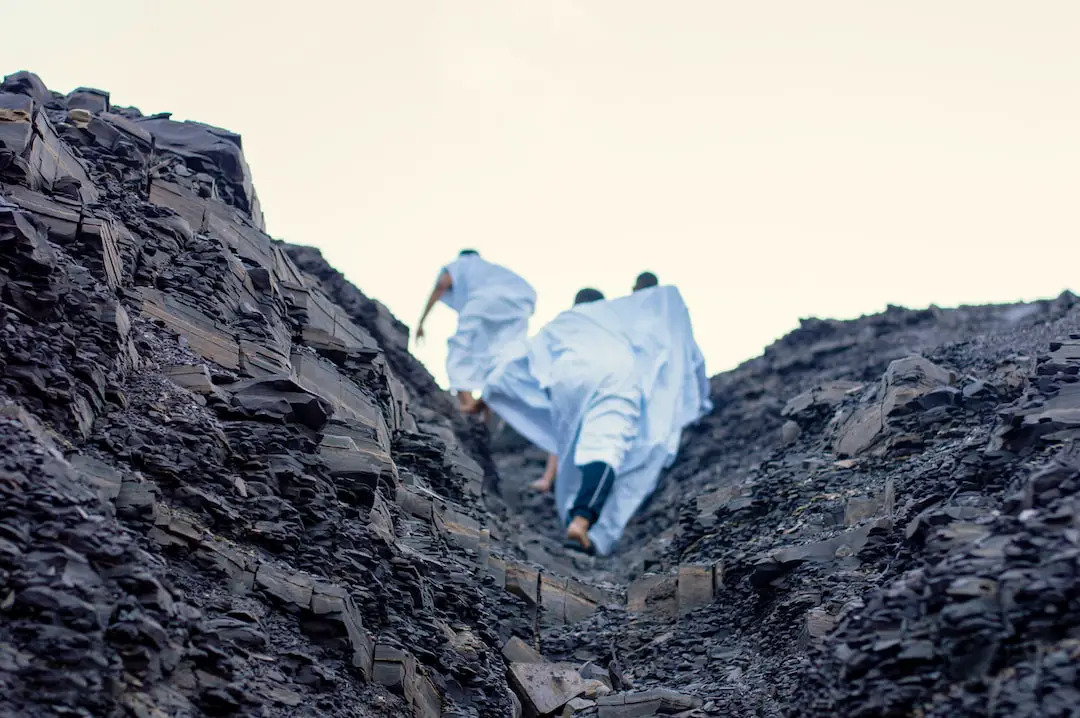
28. Derijat Fort
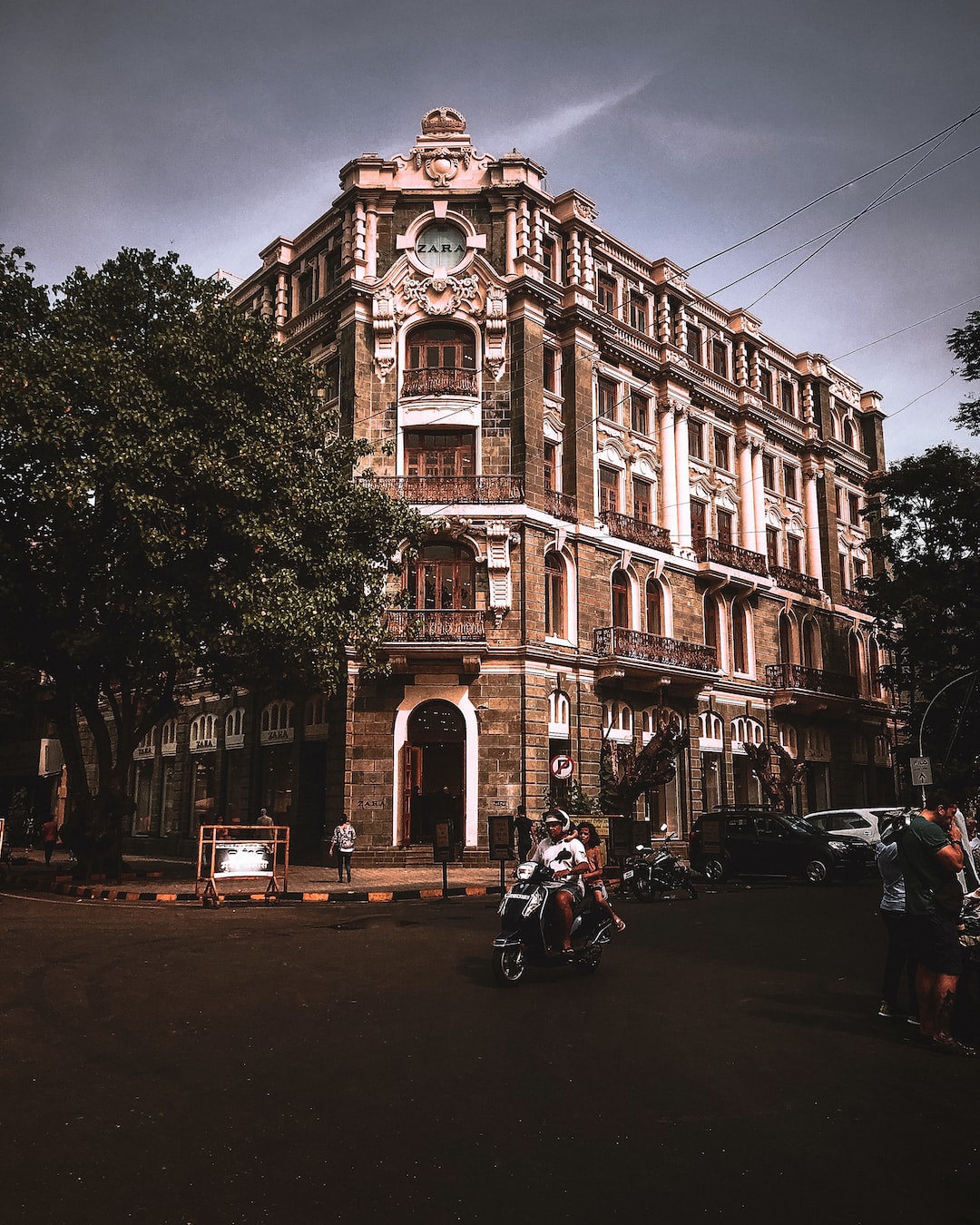
Derijat Fort is an ancient castle located on top of a hill in Derijat, Saudi Arabia.
What to see or do: Visitors can explore the ruins of the fort, which include the remains of several buildings and structures such as watchtowers, a mosque, and a marketplace.
The structure of the fort and the strategic location offer a perfect vantage point to enjoy the stunning views of the surrounding valleys and mountains.
Don’t miss: Don’t miss the opportunity to witness the spectacular sunset views from the top of the hill. The moments will be unforgettable.
Insider travel tips: It is recommended to wear comfortable shoes as the path to the top of the hill is rocky and inclined. Going in the morning or late afternoon can make for a more comfortable and less crowded experience.